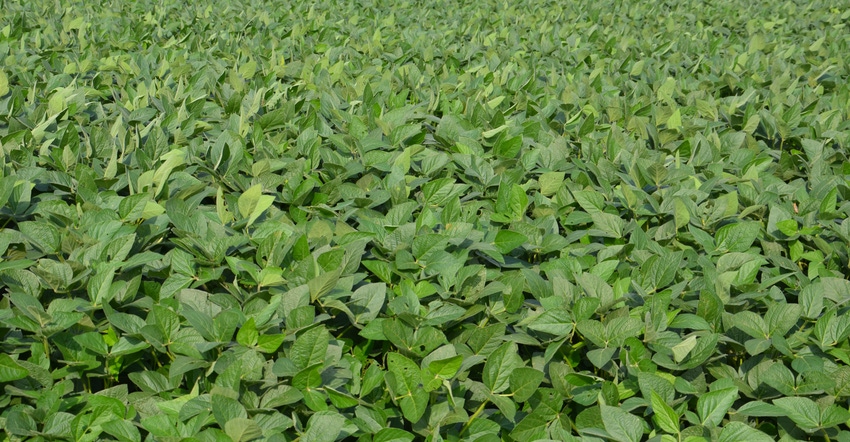July 22, 2020

Cash rent on our very best farm, 240 acres, is $300 per acre. The landowner is retired and depends on the income. We can’t afford it in 2021. How do we persuade him to accept a lower base rent and try a flexible cash lease?
The Profit Planners panel includes David Erickson, farmer, Altona, Ill.; Mark Evans, Purdue University Extension, Putnam County, Ind.; Jim Luzar, landowner and retired Extension educator, Greencastle, Ind.; and Steve Myers, farm manager, Busey Ag Resources, LeRoy, Ill.
Erickson: Share accrual profit analysis data for this farm while comparing to others that you rent. Use five-year yield data to establish a reasonable expectation for production and USDA price projections for the coming marketing year. Use a specific percentage of projected gross revenue to determine base rent. Use actual yield and/or price to add bonus rent if warranted.
For a true flexible lease, it should have the ability to increase and decrease, but few landowners are willing to participate in a reduction.
Evans: Coming together in these situations can be tough if the retired landowner has no other savings or income. But if the financials don’t work for you at $300 per acre, something has to give. Communication is always a must — early and often.
Help the landlord understand a flex lease. The benchmarks of a flex lease could be based situationally on price per bushel and/or yield, while also potentially factoring in input costs. In most cases, though, it’s best to keep it simple.
You could have tiers. If yield and price per bushel are met, the lease cost would rise. Perhaps a lower tier level that bumps up cash rent from a lower base would entice the landlord while letting you off the hook should a bad year occur. In a good year, you’re giving up upside potential.
Luzar: This tract is your best land, but is it your most profitable? The current rent is relatively high. Develop a benchmark for how much money you feel justified losing to farm this parcel to have control in future years.
For a flex lease, start with base rent. Some Extension specialists suggest this should be in the range of 80% of actual cash rent.
The most basic flex provision is yield. My experience has been that the landlord accrues a third of excess yield and is paid an average fall market price for extra bushels. Flexing revenue may provide a better way to capture cropping returns. For example, the flex lease could be constructed to award the landlord a third of revenue exceeding a benchmark. A 2021 corn revenue of $750 per acre with a $600 base revenue would provide the landlord with an additional $50 per acre of bonus rent.
Myers: A flexible cash rent lease is a fantastic way for owners and operators to forge an equitable agreement. Start with an “at the money” base rent or guarantee to the landowner. Philosophically, this should be reflective of a solid rate but not pie in the sky. The flex portion triggers are typically tied to gross income with off-the-rack numbers of 35% gross for corn and 42% gross for soybean. If the flex exceeds the base for an individual crop, then a bonus is due. If not, the landowner still gets the base rent. Show landowners “the math” that goes along with your offer.
You May Also Like




